With new rule changes in Formula 1, Ferrari has announced it would reassign budget and workforce toward a new sector of motorsports. Both IndyCar and endurance racing have been mentioned, though it seems the greater attention has been given to an Indianapolis effort.
Before we cross our fingers and hold them tight until they turn white, it’s important to consider Ferrari’s on and off relationship with the 500. But some say that Ferrari’s exploring Indy Car and Le Mans 24 entries could well be part of the Italian automaker’s due diligence that would allow it to offload staff under Italian labor law, if it were able to determine that no suitable use for these employees could be found.
There have been at least six prior occurrences, ranging from pure talk, to prototypes, to race entries in the past 70 years. Let’s go through each in chronological order.
1952 Ferrari 375 Indianapolis
Ferrari, the man and the company, were riding a wave. Enzo’s cars were immediately successful in the new Formula One category, with Ascari placing second in the first World Championship. Always thought of as an “engine man,” Ferrari was seeking out opportunities to use his engines in other applications, including hydroplane racing and, of course, the Indy 500, where a now-longer F1 engine might well succeed.
Above and beyond raising recognition in the growing American market for his cars, Ferrari may have seen the Indy 500 as an easy way to pick up championship points, as the US race was then part of the series. After all, some say, the Maserati 8CTF, which was unsuccessful in Europe, won two 500s before WWII.
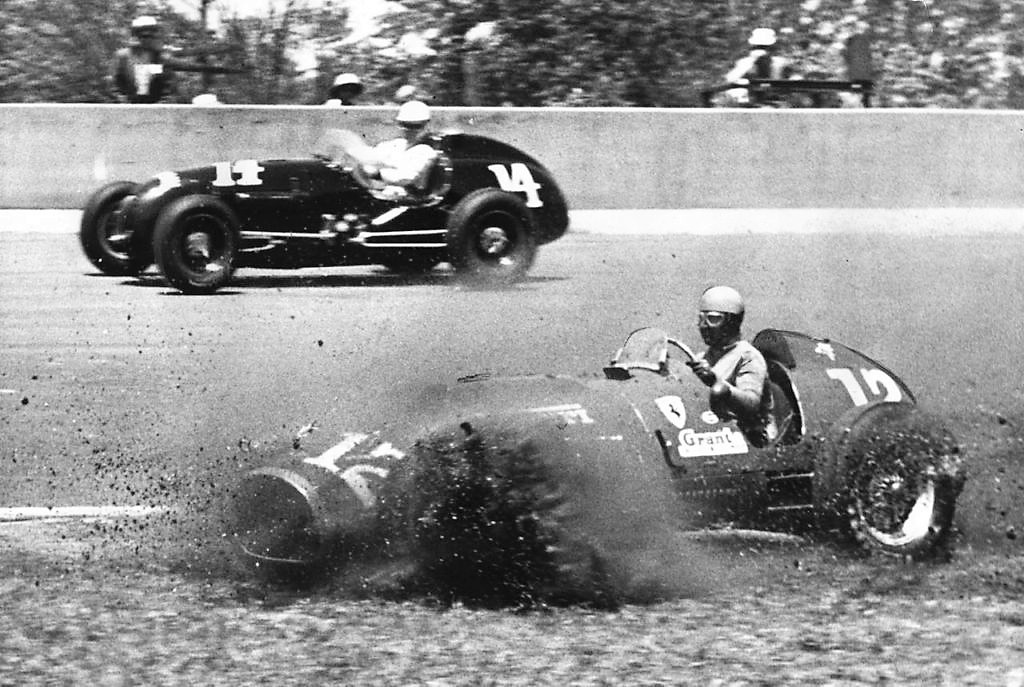
A Borrani wire wheel collapsed on Ascari’s car, sending him into the infield | Bob Doeppers
The original intent was to race a version of the Ferrari 375 Grand Prix car at Indianapolis, with a few modifications. The frame was strengthened and the wheelbase extended. In the process, the weight of the 375 increased substantially, restricting its performance. The Pirelli tires fitted to the Grand Prix car were replaced with specialized rubber supplied by Firestone. Despite friendly advice from teams to ditch the wire-spoke Borrani wheels in favor of the sturdier magnesium Halibrand items, the team stuck with the Italian wheels, much to their regret.
Of the four Ferrari 375S race cars sent to Indy in 1952, only soon-to-be F1 champ Alberto Ascari made the field, qualifying 19th. By lap 25, Ascari had pushed his way up to 9th place. Then in Turn Three, the right rear Borrani wire wheel collapsed from the stress and sent him spinning down into the infield and out of the race. Ironically, Ascari and Ferrari won the six remaining F1 championship races in a row.
1955/1956 Ferrari Kurtis Kraft 500D
The Italian branch of the US engine additive formulator Bardhal was behind a hybrid concept for 1956: pair an über-successful Kurtis Kraft chassis with a Ferrari engine and have driver Giuseppe Farina practice gulping the milk. The chassis was constructed by Kurtis in Glendale, California, and shipped to Italy in 1955. Ferrari fitted a Lampredi 4.4-liter inline-6 engine as used in 735 LM (121LM) sports cars.
The project was shelved because Ferrari had its hands full with Mercedes Benz in F1 and at Le Mans, so the needed castings had to wait.
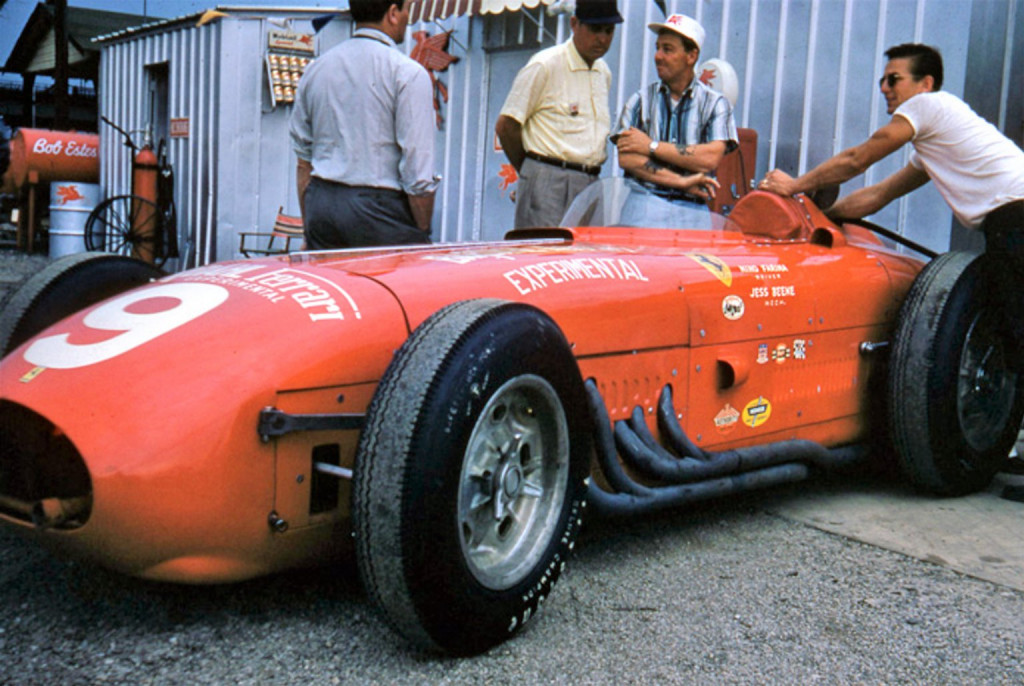
The Ferrari-powered Kurtis Kraft 500 D is rolled out of the garage | Bardhal Italia
The following year, the car was completed and shipped off to Indiana. Now under the control of the Maserati Brothers, who had been assigned the project, the car was slow. Dreadfully slow. Ascari, the very first F1 World Champion could only produce speeds of 134 mph, 5 mph slower than the final qualifier.
1961 The Road to Nowhere
In 1961, Enzo became interested again in the Indy 500. He wrote to the USAC Contest Board and requested a guaranteed starting spot, no doubt prompted by his cars’ previous performances. USAC responded with a no. While there’s plenty of speculation as to which engine Ferrari would have used and whether the car would have been front- or mid-engined, there’s no indication that any work was undertaken.
1968 Ferrari-powered STP Turbine Car?
After the STP Turbine Car nearly won the 1967 500 with Parnelli Jones behind the wheel, USAC quickly moved to reduce the power of the gas turbine through a reduced air inlet. Depending on whose side of the story you believe, the Granatellis approached and were warmly greeted by Ferrari or that Enzo first asked how big their checkbook was.
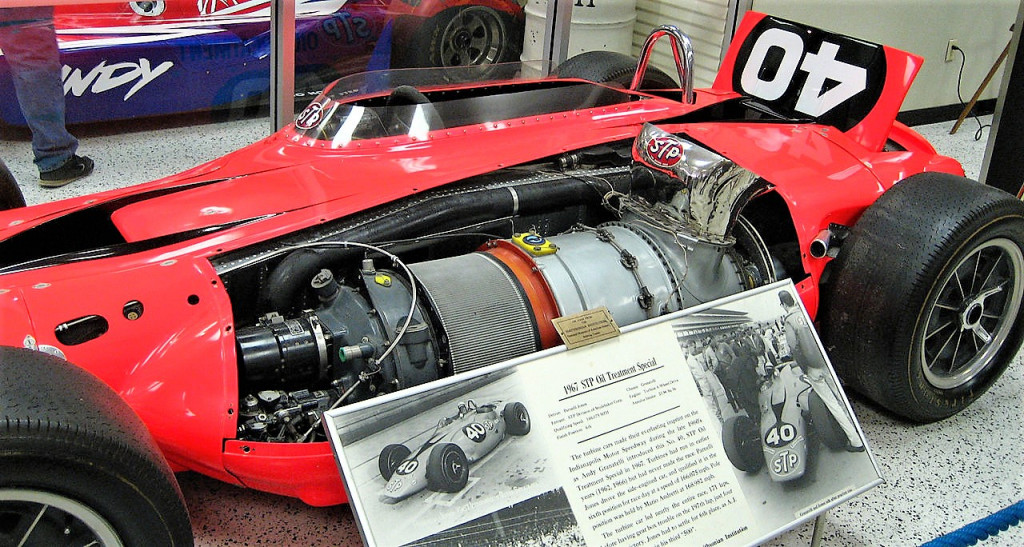
Could a turbocharged Ferrari V12 engine have fit in place of the turbine?
The likely engine was the 3.0-liter 312 V12 (not the later 180-degree “flat” motor), downsized to meet the 2.65-liter limit, and then turbocharged. Had it gone forward, the 312 would have beaten the Cosworth DFX by eight years as the first 3.0-liter F1 engine adapted to Indy 500 rules.
1973 “Uncle” Franco Rocchi
At the request of Ferrari, Mario Andretti took the company’s engine expert Franco Rocchi around to pretty much every significant player in Indy car racing. The intent was to learn as much as possible for a potential entry in the 1973 500. According to lore, in 1971 Rocchi was introduced as Mario’s uncle from the Old Country who had a little shop and was fascinated by engines. Apparently, all the teams were gracious and provided Rocchi with all the information he needed. But as we now know, nothing became of this little charade.
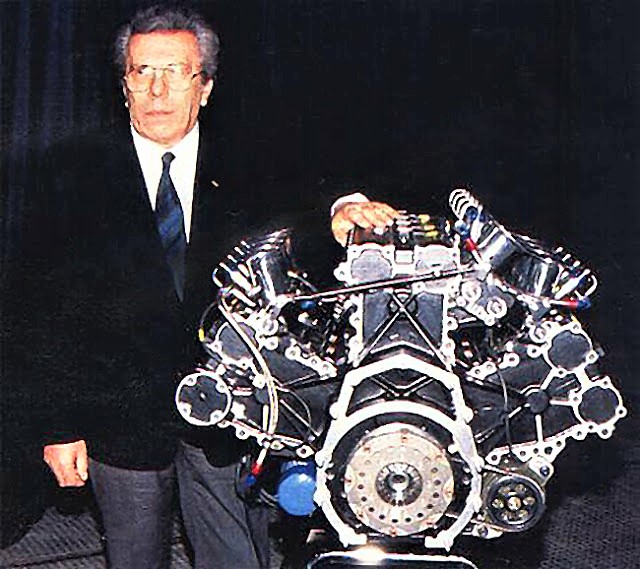
‘Uncle’ Franco Rocchi beside the Life W12 F1 engine he designed
1986 Ferrari 637
The most serious approach to the 500 since 1952, the 1986 Ferrari 637 was a fully-operational Indy car. Most believe the car was created to pressure the FIA to change the rules to better suit Ferrari, bur it nonetheless turned laps on Ferrari’s Fiorano test track. While its specs were similar to other Indy cars of the time, it’s unknown how close it came to the laps turned by Bobby Rahal at Fiorano in a March-Cosworth the previous year. When Ferrari got its way, the Indy program was dropped and the engine was transferred to Alfa Romeo, which never found success in the series.
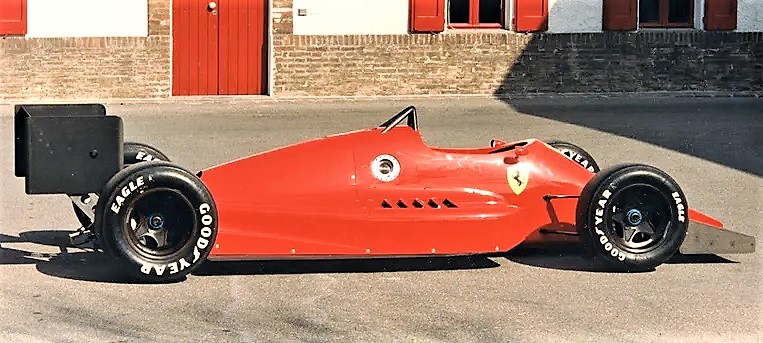
The 1986 Ferrari 637 was real but would it have been competitive? | Ferrari
2022 New IndyCar Rules
For 2022, Indy cars will be powered by 2.4-liter V6 engines paired with a standard hybrid powertrain to be used by all teams. Current rules also require engine manufacturers to utilize a standard ECU. So with the hybrid portion of the drive train and ECU both standardized, there’s little beyond engine development that Ferrari can apply from its Formula 1 experience.
Is this enough of a technical challenge for Ferrari? Or is there enough value in racing in one of the most famous events in the world worth the effort? Certainly, IndyCar would be thrilled to have Ferrari join Chevrolet and Honda, but there’s not much beyond the marketing opportunity that they can offer as encouragement. Time will tell.
This article, written by Art Michalik, was originally published on ClassicCars.com, an editorial partner of Motor Authority.